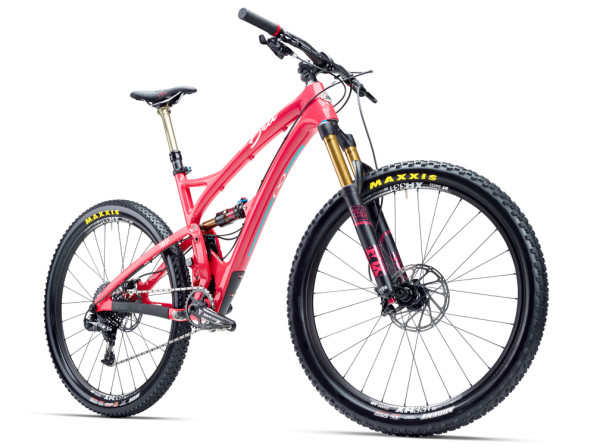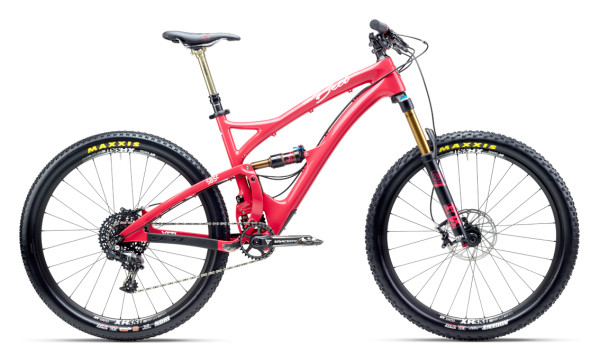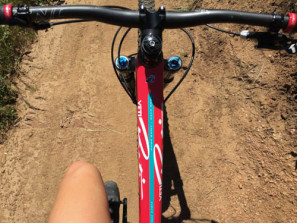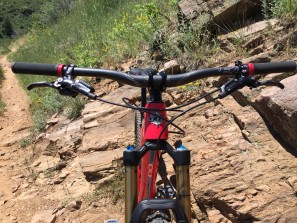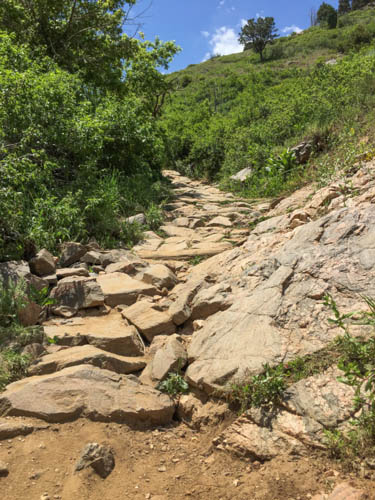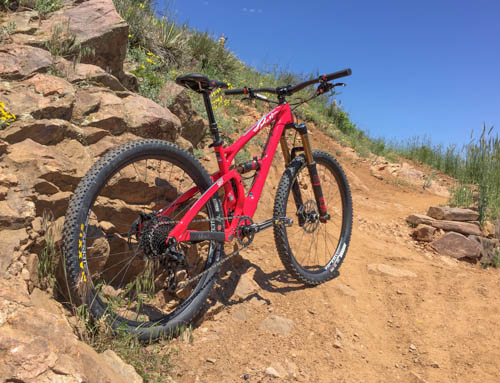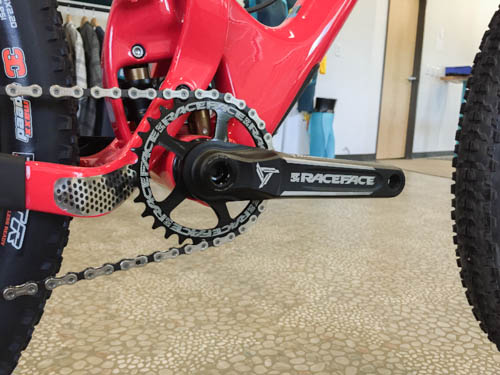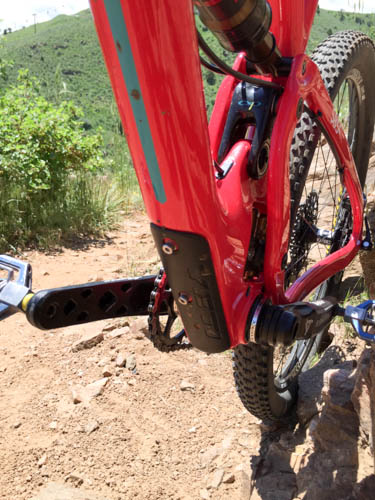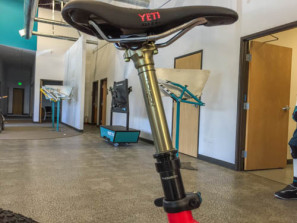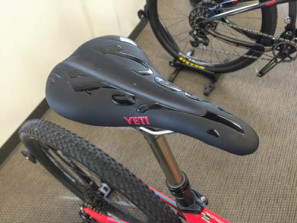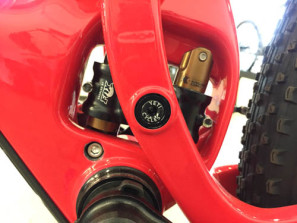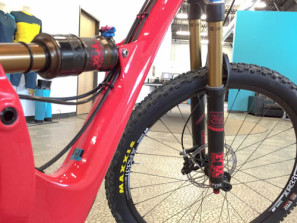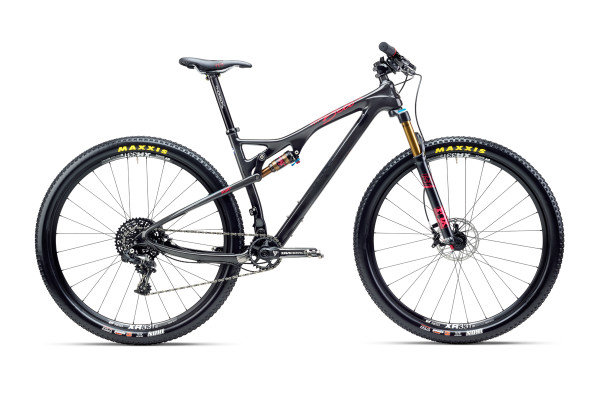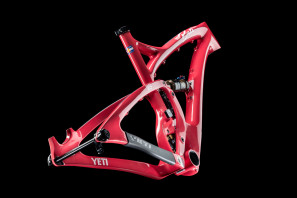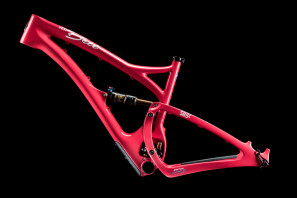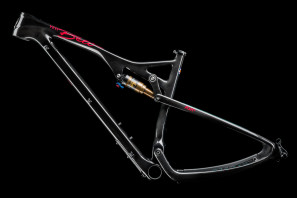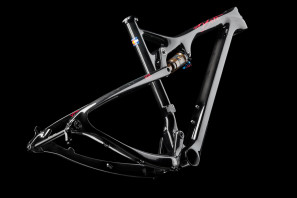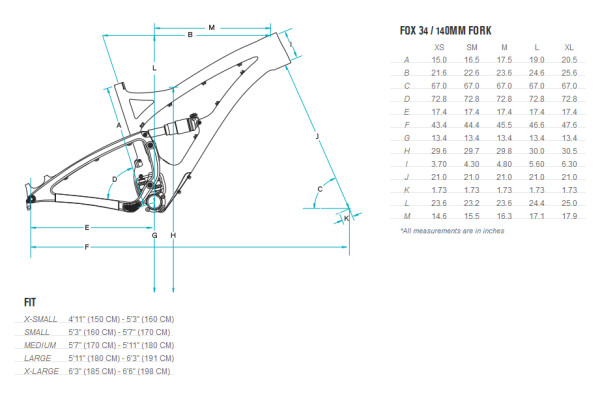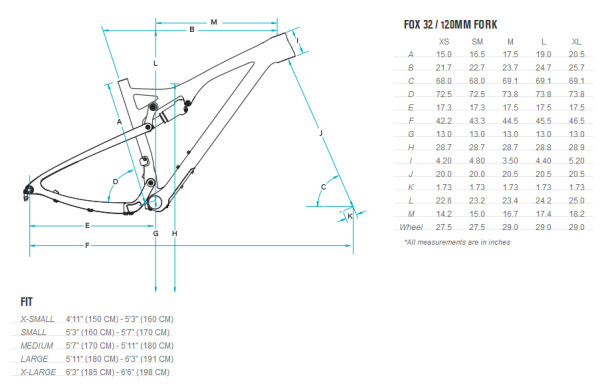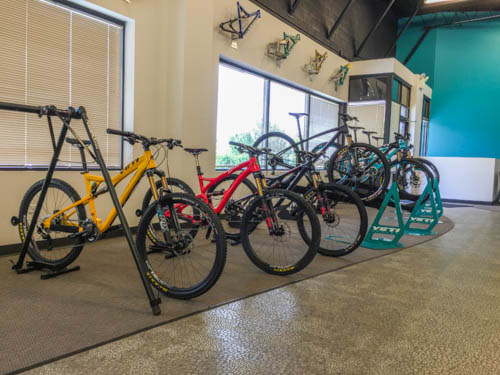For Yeti, 2016 is the year of the Beti – the Beti bike that is. Launching a new line of women’s specific mountain bikes, the two models are the feminine counterparts to the beloved SB5c trail machine and swift ASRc 29er. Let it be known that nothing about the Yeti Beti line is girlie, compromised, overlooked, shrinked or pinked (coral yes, but no pink – which matches their women’s apparel, of course). While it may seem that Yeti is late to the female shred program, the company has in fact been committed to the women’s mountain bike scene for over a decade supporting many riders over the years like Julie Furtado, Marla Streb, Tara Llanes, Jill Kintner, and Rosara Joseph. They’ve also been behind the Beti Bike Bash, the first all-women’s xc race by supporting the Yeti Beti race team.
Yeti still hosts this event and drew a 400 person turnout in June which coincided with the release of the Beti bikes. In fact, the Beti line is not much of a departure from what Yeti has already been offering: XS frame options in the complete line. What distinguishes the new Beti bikes is an approach to complete bikes designed for hard-riding, discerning bad ass ladies including a lighter shock tune, lighter wheels, narrower bars, shorter cranks, and shorter travel dropper posts….
First Ride: Yeti Beti SB5c, sixe XS, SRAM XO
Within moments of arriving at the Yeti Cycles headquarters in Golden, CO I was sized up and set up for a ride on the Beti SB5c. I’m 5’2”, 100 lbs with a sadly short inseam of 29”. Yeti’s approach to mountain bike geometry is long and low. The XS was a great fit and I was pleasantly surprised to find the reach I like while also being able to standover the frame, even if by a hair.
I appreciated the room of the cockpit of the Beti SB5c. Yes, I’m a small rider, but that doesn’t mean I want a trail bike that is tiny overall. The “long and low” frame geo offers up a bit more reach, giving my body freedom to move and shift according to where I want the bike to go. When you’re small, you gotta use everything you have!
Yeti is “conveniently” located at the bottom of the Apex Park single track trails. My first acquaintance with the Beti SB5c was a heart pumping, oxygen sucking, technical climb with water bars, switchbacks and rocks to break any momentum. Given the 140mm fork and trail nature of this Beti, I was very impressed with its agility in both the technical and dirt climbs. The rear remained engaged and the front was easy to maneuver through the granite and tight turns. When the ascent was finally more rideable, I found the Beti to move swiftly with XC ground covering feel.
Just when I thought my sea level lungs would explode, I turned my wheels downhill. Grubstake Loop, to Pick & Sledge to Lower Apex offered up a fast descent with switchbacks, waterbars, large technical rocks and drops. Here is where the Beti SB5c shined. While picking through technical sections, the Beti grabbed the trail like a rock crawler even when hard braking. In the open descents, I found her to float with speed while still maintaining confident contact with the trail. My personal Santa Cruz 5010 has a wheel base 1” shorter than this bike (mostly in the reach where I feel too cramped on this bike). This might be why my one and only challenge on the Beti SB5c: it marginally more difficult to slide the rear wheel around while descending switchbacks.
Trails like these are bred into the Beti SB5c’s DNA and it shows: nimble and efficient while pedaling, confident and trail-grabbing at all speeds while descending.
Both the Beti SB5c and the ASRc are built with tubeless ready DT Swiss XR 331 rims laced to DT Swiss hubs. These rims weight-saving XC “race” rims and provide plenty of durability for female riders. I only wish Yeti has opted for wider rims which allow you to more reliably lower psi aka find more traction as a smaller rider.
The two bikes also come complete with carbon Easton EC90 bars with a width of 720mm and weighing in at just 130g. Yeti’s “regular” line is built with mostly 740mm wide bars. 720mm is my personal choice for bars on a trail bike. While I’m short, my shoulders are average width for a woman.
Do note that, like the regular SB5c, the Beti SB5c does not have internal cable routing. Yeti says the routing flows well as is but they do plan to accommodate the demand for internal routing in the future.
Both bikes in the Beti line come with a Raceface Turbine cranks with a 170mm arm in the XS, S and M frame options. This is the shortest crank you can get stock for an MTB unless you opt for a DH or Rotor crank.
The Beti SB5c comes complete with a Thomson dropper post with 100mm of travel. Many droppers have a 120mm of travel. The shorter travel is necessary for smaller riders that ride with less seat post exposed- that way the seat doesn’t go past your ideal saddle height when the dropper is extended and you already have the post slammed.
The saddle on both bikes is a Yeti branded WTB saddle. It was surprisingly…just fine. Do note that my ride lasted under two hours. It’s not as wide as my sits bones measure but that’s OK for two reasons: A. this is a trail bike get out of the saddle and work it! B. you may not want your MTB saddle to be as wide as your optimum fitting road saddle. It’s important that the saddle is not so wide that it prevents you from shifting your hips back.
At the soul of the Beti SB5c’s confident ride is Yeti’s proprietary rear suspension design, Switch Infinity. While the tech can easily go over one’s head, in my experience I’ve come to a few conclusions: full suspension is worth every penny, single pivot can be like a bucking bronco, DW Link has great cornering and VPP climbs well. Yeti’s Switch Infinity seems to marry the best of DW Link and VPP: stiff for pedaling and climbing which still managing to offer a responsive ride and great small bump compliance for trail contact. I gotta give it to Yeti for the R&D (with love from Fox) and investment they commit to this suspension design which has evolved over the years. Not pictured on the SB5c are the Maxis Ardent 2.4 upfront and Maxxis Ikon 2.2 on the back.
First Look: Yeti Beti ASRc
Given my meager size, preference for trail descents and very poor attempts at racing xc, I opted to ride the SB5c 27.5 but did not overlook the Beti ASRc. The aesthetics of this 29er are badass. The internal routing, low weight (for a full-suspension) and 29″ wheels make the Beti ASRc look like it would eat XC trail fast. While I don’t enjoy the ride of most single-pivot rear suspensions, I do understand Yeti’s motivation in opting for this design in the ASRc: it’s lighter.
The Beti ASRc rocks mostly the same female-minded components as the Beti SB5c but with a few XC-centric finishes including a Thomson Elite post, and Maxxis Ikon 2.2 front & rear tires.
The Takeaway: Yeti Beti
Here’s the deal: the female market in cycling, especially on trails where there are less ladies than on the road, is challenging. In an effort to encourage more ladies to pick up mountain biking, many bikes are designed to be beginner and wallet friendly. High-end women’s mountain bikes don’t move very fast out of shops and the investment to a dedicated category from leading manufacturers isn’t justified. I get it, but what this adds up to is a limited selection of highly capable and thoughtfully-spec’d complete bikes for smaller and/or lighter riders. I personally struggle to find any complete bike with less than four parts that don’t need swapping to accommodate my fit. The Yeti Beti answers this call. While my preference is for the SB5c, both bikes are built ready-to-shred.
Yeti Beti bikes will be available starting June 25, with the Beti ASRc X01 build going for $5,799 and the Beti SB5c X01 build selling for $6,899.
– Brooke Summers
Yeti Beti SB5c Geometry:
Yeti Beti ASRc Geometry:
